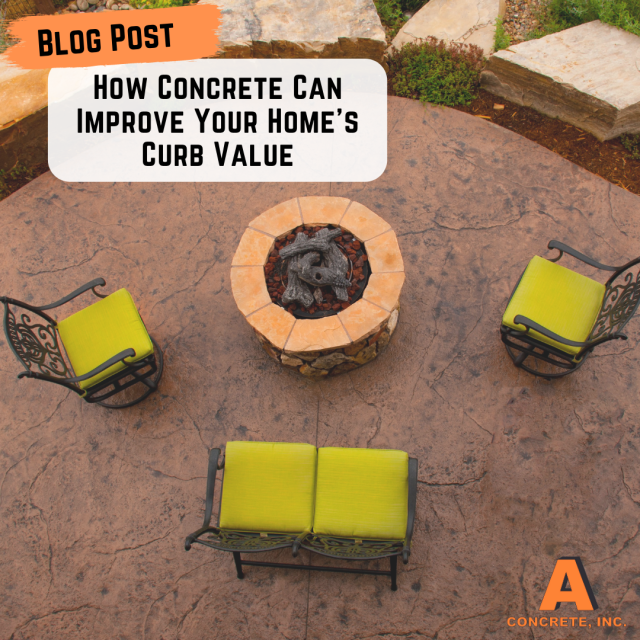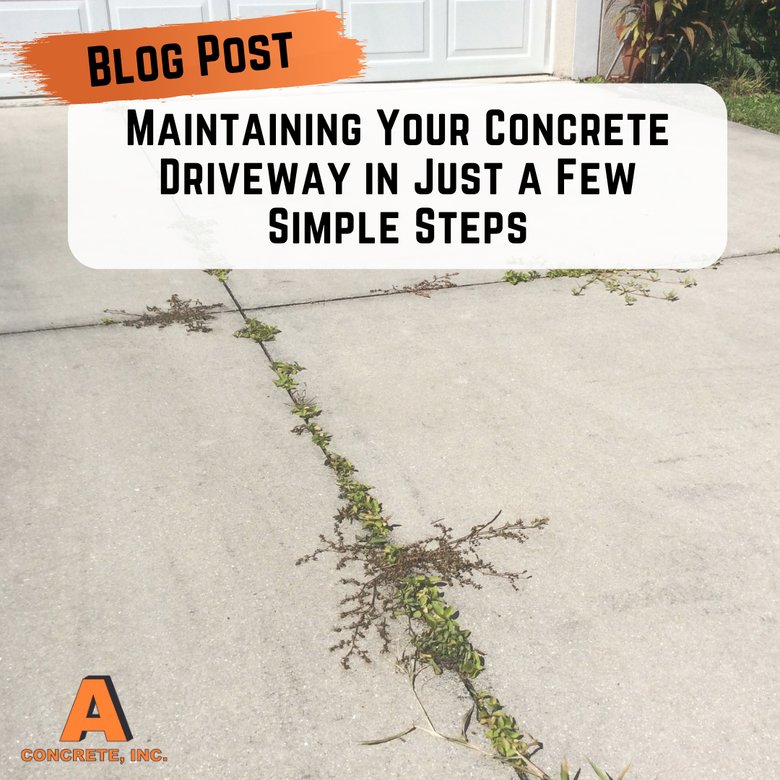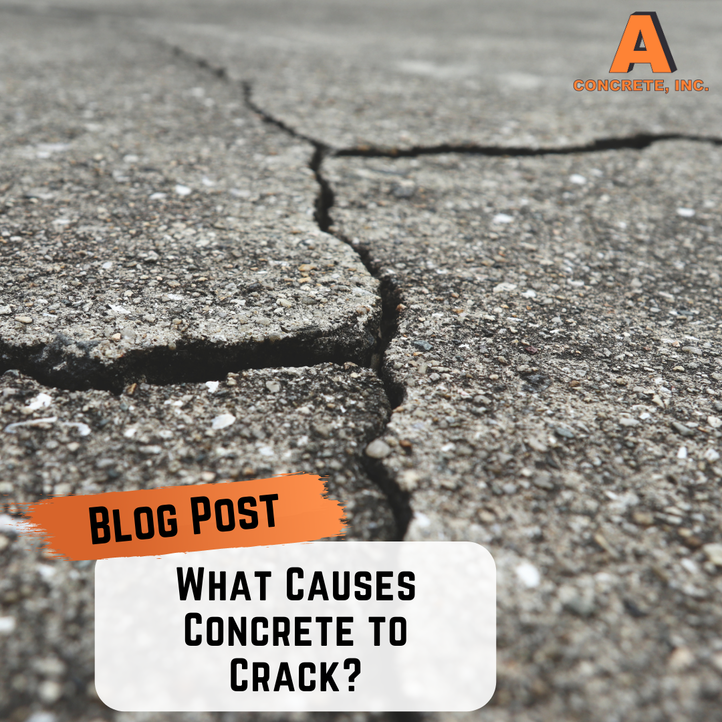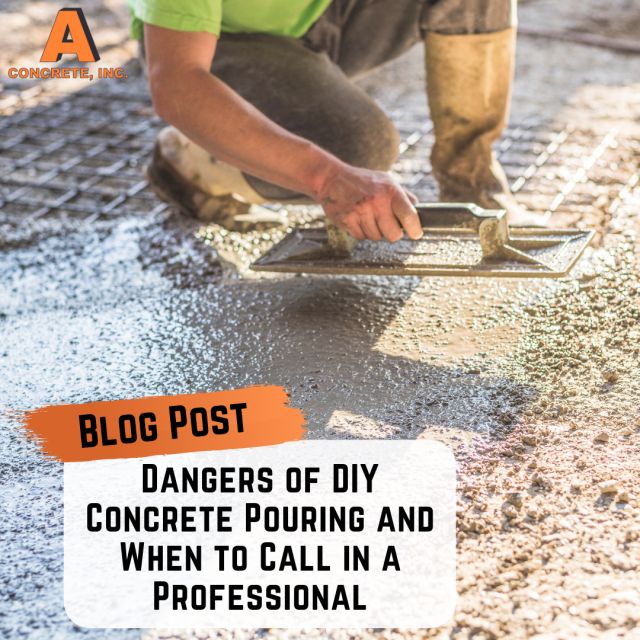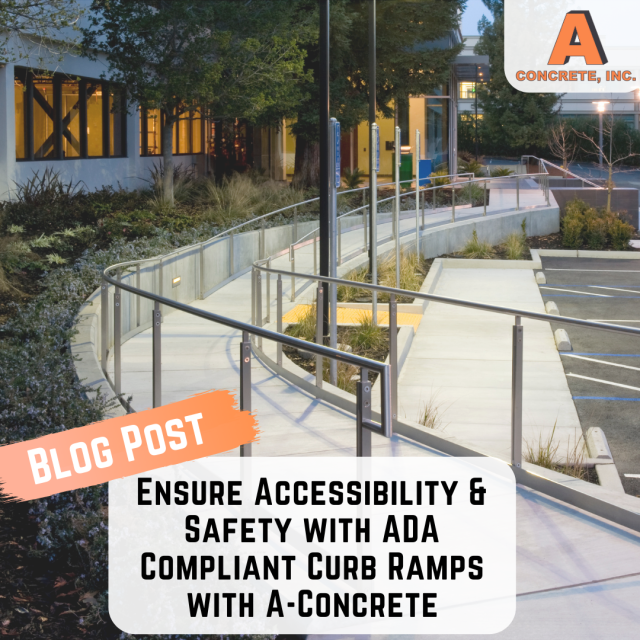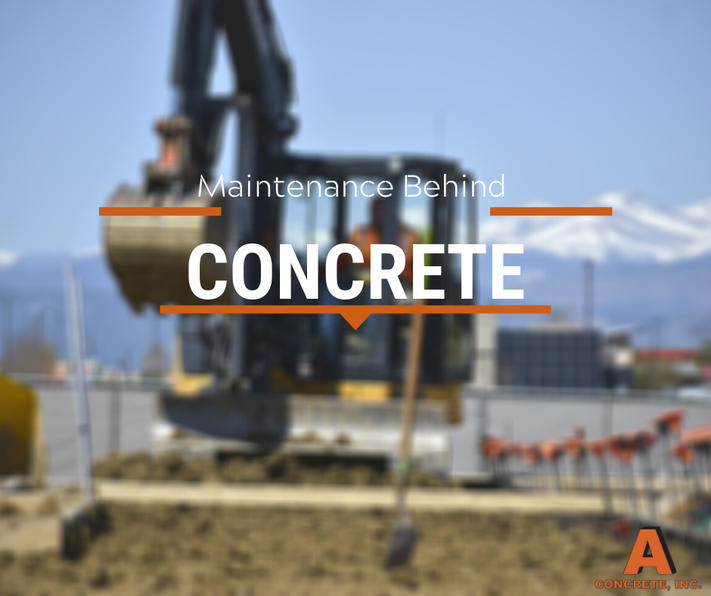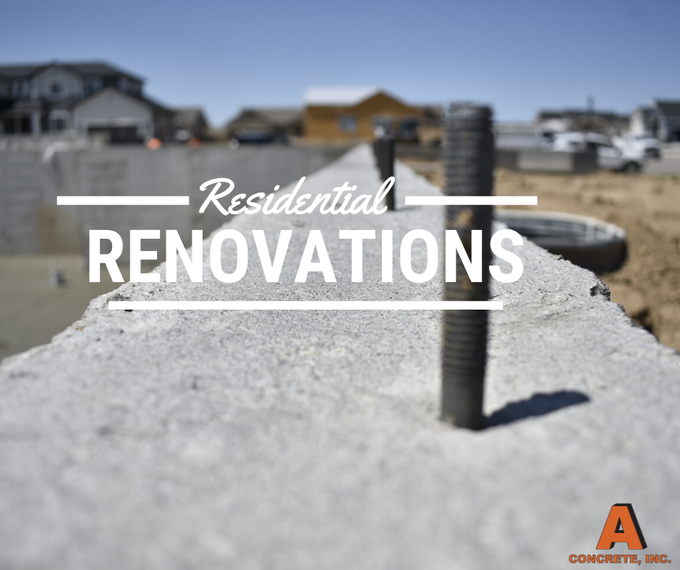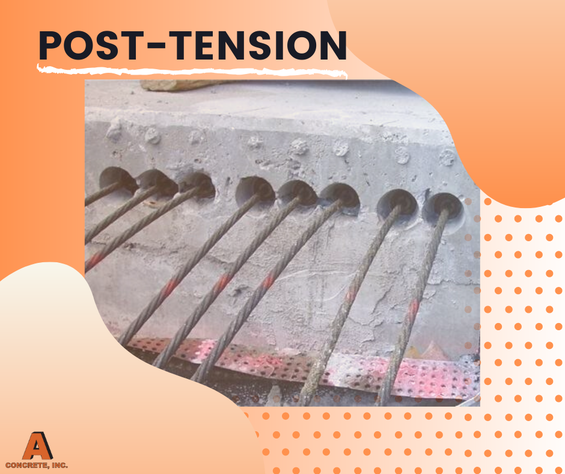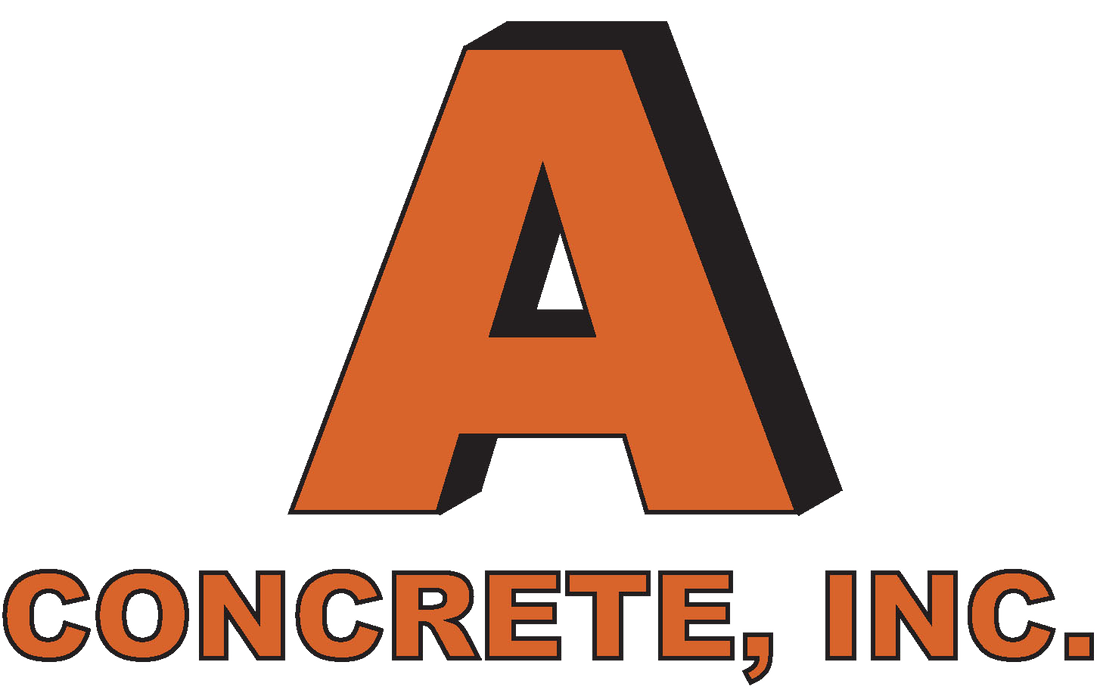|
If you are looking into selling your home you should consider installing a concrete patio to improve your homes curb value. Concrete patios can immediately improve the appearance of your home, boost its curb value, and potentially increase how much money you make when you sell your home.
Most people are more concerned about how their home looks exteriorly rather than the interior design. Your curb value is very critical for your home. It is a very important element to consider when selling your home or even building your home. One of the most underrated ways to improve a home’s curb value is a concrete patio. Concrete patios provide:
Some features to consider when building or buying a home with a concrete patio are:
All of these features will make your patio worth more money, make it look better, and improve the overall curb appeal of your home. Try to find features that you enjoy as well because you can then enjoy the patio while you wait for the house to sell. If you are looking to install a concrete patio at your house give us a call today at 970-667-6905 or contact us online to get a free estimate. We service the Northern Colorado area for all commercial and residential concrete projects! We can handle any size concrete project.
25 Comments
Maintaining concrete is one of the most important steps in order to keep your concrete looking fresh and beautiful for many years to come. Just a few hours a couple times a year will ensure that things are looking beautiful for your commercial or residential property.
Getting Rid of Weeds Weeds and grass are likely to grow up around your driveway and sidewalks. When this happens, they will put a hefty amount of pressure on your concrete and sometimes cause damage. Thankfully, you can avoid this problem by trimming away grass, roots, and weeds. Start by cutting them out of any cracks or expansion joints and sealing the cracks if necessary. Add water protection to the joints, such as stains, to keep it from experiencing any more damage. Cut your grass regularly and eliminate roots to prevent any more expansion damage. How Often You Should Clean Cleaning concrete doesn’t have to be done that often. Some driveways may go for a year or more without needing a cleaning. However, cleaning your driveway more often, will help you avoid serious problems down the road. Remove all the grime, dirt, rust, and stains that have built up on there over the last year or so.Try to aim for cleaning at least once every six months or so. Seal the Concrete Once a Year At least once every year, you need to add a tough concrete stain to the surface of your driveway. These stains will fight water invasion and keep your driveway strong and safe. Not only that, it will eliminate abrasion damage and minimize UV sunlight damage. Two coats of stain once a year should be more than enough to provide your driveway with the protection that it needs to resist damage. If you are unsure of the steps to seal concrete reach out to A-Concrete, we service Northern Colorado for all commercial and residential concrete projects. Get Professional Help, If Needed Most of the time, these cleaning tips should be easy enough for just about anybody to handle. However, there may be circumstances in which you need to reach out to a professional for help. If so, please contact A-Concrete, one of the best concrete companies in Northern Colorado. We ensure quality work with the best concrete crews around. One of our most asked questions is: Why is there a crack in my concrete? Or what causes concrete to crack? Although cracks in concrete are merely just an aesthetic problem, not a workmanship problem, many do not want cracks in their freshly poured concrete. We want to address some of the causes that make concrete crack so that customers and clients can have a better understanding, as well as some of the different types of concrete cracks.
American Concrete Institute touches on the issue of cracking concrete in their American Concrete Institute manual, ACI 302. 1-40: “Even with the best floor designs and proper construction, it is unrealistic to expect crack-free and curl-free floors. Consequently, every owner should be advised by both the designer and contractor that it is normal to expect some amount of cracking and curling on every project, and that such occurrences do not necessarily reflect adversely on either the adequacy of the floor’s design or the quality of its construction” Some reasons as to why concrete cracks can be due to:
Shrinkage Cracking
Here is what you need to know before you start your own DIY concrete project and when to call a professional. If you’re planning to put in a new concrete driveway, patio, or other surfaces, you should do plenty of research beforehand. When pouring concrete yourself you can unfortunately run into practical and aesthetics issues and many times safety concerns.
Pouring Concrete Yourself: What Can Go WrongPouring your own concrete correctly requires knowledge, skill, and careful planning, along with the right materials, tools, and equipment. It is a lot more complicated than spreading gravel, laying pavers or even pouring asphalt. Many are able to pour their own concrete and it is doable with the correct research and commitment. Here are some common DIY concrete mistakes you will want to avoid and think through before attempting pouring your own concrete: 1. Improper Preparation
You most likely want to call a concrete professional if:
Are you looking for a professional concrete company you can trust? Have questions about your project? A-Concrete is your best commercial and residential concrete contractor Whether you’re looking to replace your old, cracked concrete driveway, install a new pool deck, or design a unique custom porch with incorporated lighting, we’ll give you a beautiful, functional result that will last for years to come. Call us today at 970-667-6905 or contact us online to get a free estimate. We service the Northern Colorado area for all commercial and residential concrete projects! We can handle any size concrete project. Appealing to customers is very important when constructing a business, from the parking lot to landscaping. One important thing to remember is building accessibility for customers, all potential customers. Keeping your building ADA compliant is very important.
An ADA compliant curb ramp is a transition, usually made from concrete, that cuts through the existing sidewalk curb, allowing access from street level to the sidewalk for people with disabilities. A curb ramp that meets ADA standards will have the following features:
You should always consult a professional paving firm like A-Concrete to make sure that you are going to meet the ADA requirements. These exact dimensions depend on the state you are located in and of course, the project details. About A-Concrete A-Concrete has the knowledge and experience to correctly install ADA compliant features to your parking lot and property. Contact us to talk more about commercial paving and concrete services we offer for your commercial project. We service Northern Colorado and the surrounding areas, reach out to us today. Maintenance Misconceptions of ConcreteConcrete has proven itself to be a powerful construction material throughout it’s long history, and in that time it’s also displayed how reliable it can be for any residential and commercial projects. However, over the years a few common misconceptions about the maintenance of concrete have formed, it’s important to understand and know what’s going to help to maintain your concrete and what doesn’t need to be done. Below are five common misconceptions behind the maintenance of concrete.
Misconception 1: You don’t need chemicals to maintain concrete floors. No hard flooring surface cleans itself, including concrete. Chemicals are used to breakdown, remove and clean dirt and debris. Concrete is exposed to the same dirt and debris as any other flooring, so it should be maintained in a similar manner. Misconception 2: All concrete walking surfaces are created equal. Concrete is either coated or polished. Maintenance of coated concrete will come down to the maintenance of the coating. For example, epoxies, urethanes and acrylics will have their own criteria associated with them. Polished concrete is maintained with abrasives. While much of the daily maintenance will be similar to other hard floor surfaces, you need to consider the coating before developing a comprehensive maintenance program. Misconception 3: Cleaning staff know how to clean concrete floors. Depending on who handles cleaning and maintenance responsibilities, there’s a good chance that someone with little to no experience is cleaning concrete floors, including professional cleaning staff. Before you let anyone clean your floors, make sure they have the knowledge and expertise for the job. Misconception 4: Concrete floors will last just as long without any cleaning or maintenance. If the concrete is coated, the longevity of the floor is dependent on the quality of the coating and how it is maintained. If the concrete is mechanically polished, the longevity is dependent on the methods and how well those methods were executed during the process of polishing. A properly polished concrete floor with bonded abrasives will have reduced maintenance and longer time period in between restorative procedures than traditional flooring surfaces. Misconception 5: Soil loads and the type of soil do not impact how a concrete floor is cleaned. A concrete floor is no different than any other hard floor surface. The amount of soil and the type of soil will dictate the frequency of and the type of cleaning procedures. As always, the experts at A-Concrete are here to help you. Regardless of the project size or type, the specialists have your back. Head to our website and get in touch with the A-Concrete team. 👍 Residential Reno'sNo matter the type of property or area, eventually the time comes to renovate. It’s a step in creating something new and exciting, increasing resale value, or simply improving your home. Here are several benefits to renovating concrete spaces within your home and outside of it. Creating something special is only a phone call away from the experts at A-Concrete.
Concrete Resurfacing Concrete resurfacing is a great idea for several reasons. Firstly, it can be done inside or outside the home, meaning that all types of concrete can be easily rejuvenated. Because it is available in so many different colors, patterns, and textures, it can be used to create virtually a limitless range of designs, from traditional country looks through to ultra modern finishes, or finishes that you’d swear were natural stone. Just some of the looks that you can create include paved finishes, brick, sandstone, granite, or stamped concrete. You can combine different patterns or finishes to create borders that highlight the main area. One of the biggest benefits of concrete resurfacing is its cost effectiveness. It is much cheaper than removing your old concrete and replacing it with new concrete or another type of flooring. Just think – you could create elegant sandstone finishes, beautiful paved looks, or cozy bricks, at a fraction of the cost of the real thing! It can also increase the value of your home, which is great if you are trying to jazz it up for sale without spending a lot of money. If only a small part of your concrete floor is damaged, you can choose to have only that part resurfaced, which means that you can save even more money. Concrete resurfacing is often sealed in order to preserve the brightness and integrity of the colors used and the sealing also has the purpose of protecting the new coating from wear. You can even use coatings that have anti slip properties so that the concrete is safe to walk on, no matter how wet it might be. Driveway Renovations Driveways have to put up with a lot of abuse. They’re constantly exposed to the elements, which means that not only do they suffer through the expansion and contraction of the freeze/thaw process, but they’re inundated with rain, baked in the summer sun and more. They have to deal with thousands of pounds driving on them every day, as well. Add to that the fact that concrete is actually porous, and you begin to see why, if not properly maintained, they can begin to deteriorate. Freezing and thawing, coupled with moisture and the weight of vehicles on the surface, will eventually cause small cracks to form. These will grow over time, eventually widening, and leading to crumbling concrete that needs to be replaced or repaired. Whether you need some maintenance tips from the experts, or a renovation, A-Concrete is here to help. Backyard Renovations Having a concrete patio is a wonderful addition that can open up and beautify any backyard space. It also allows for easy and creative renovations. Whether you want to extend your patio, add textures to the concrete, add walkways, or create new areas around your patio, a renovation can really spice up your backyard design. Post-Tension SlabsAt A-Concrete, we always strive to be the best. Being certified in post-tensioning techniques is one of our specialties and a reason why we are the best at what we do. Post-tesnioning is a wonderful technique that we use to guarantee the strength of some commercial projects. The safety procedures and certification that are required to complete post-tensioning techniques turn our commercial projects into specialties.
What Is It? While concrete is strong in compression, it is weak in tension. Steel is strong under forces of tension, so combining the two elements results in the creation of very strong concrete components. Post-tensioning can help create innovative concrete components that are thinner, longer, and stronger than ever before. Many of today’s “high-performance” concrete structures, including many landmark bridges and buildings, employ some type of prestressing. While parking garages, high-rise residential towers, and many other kinds of structures employ post-tensioning techniques. This allows for large structures that undergo a vast amount of pressure and tension to stay strong for many years to come. Benefits of Post-Tensioned Concrete Post-tensioning, has several advantages over standard reinforcing steel:
|
|
|
A Concrete, Inc. pours anything from residential projects such as hot tub pads and driveways to our latest commercial project.
|
Working HoursWe work Monday-Friday. Contact us via our phone number or contact form. Monday - Friday: 8:00am - 4:30pm Saturday: Closed Sunday and holidays: Closed |
Contact |

